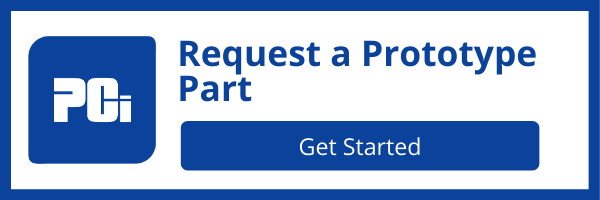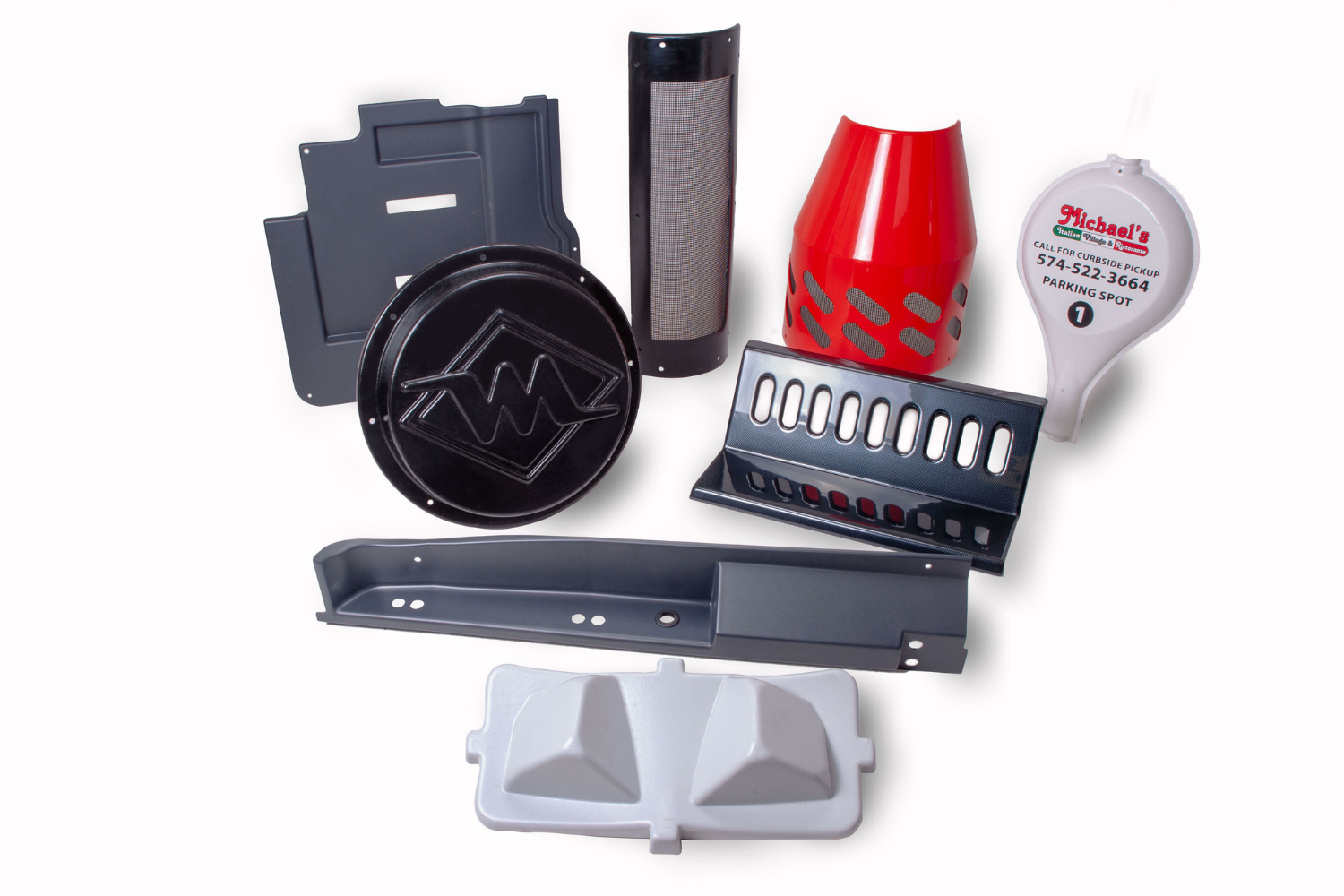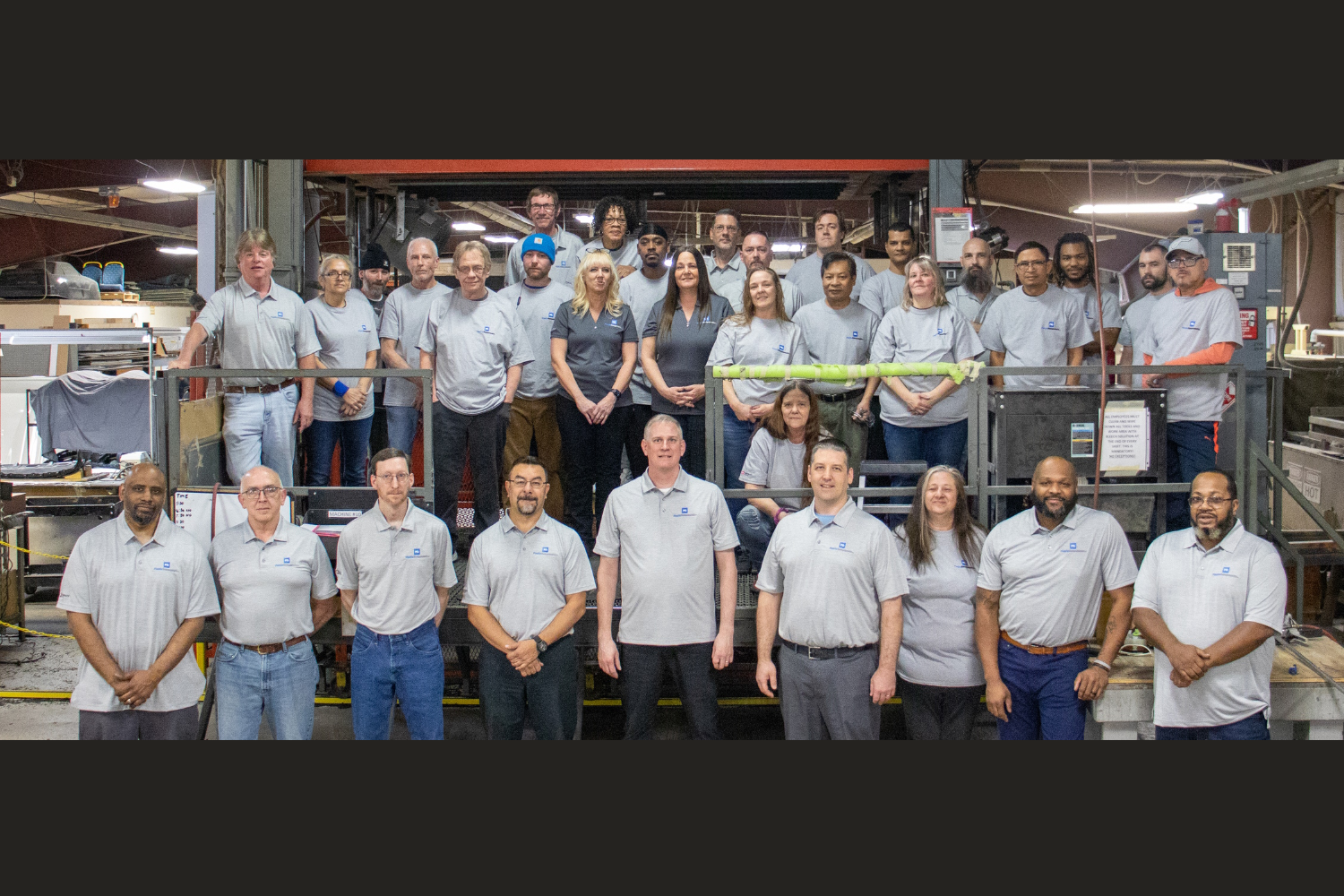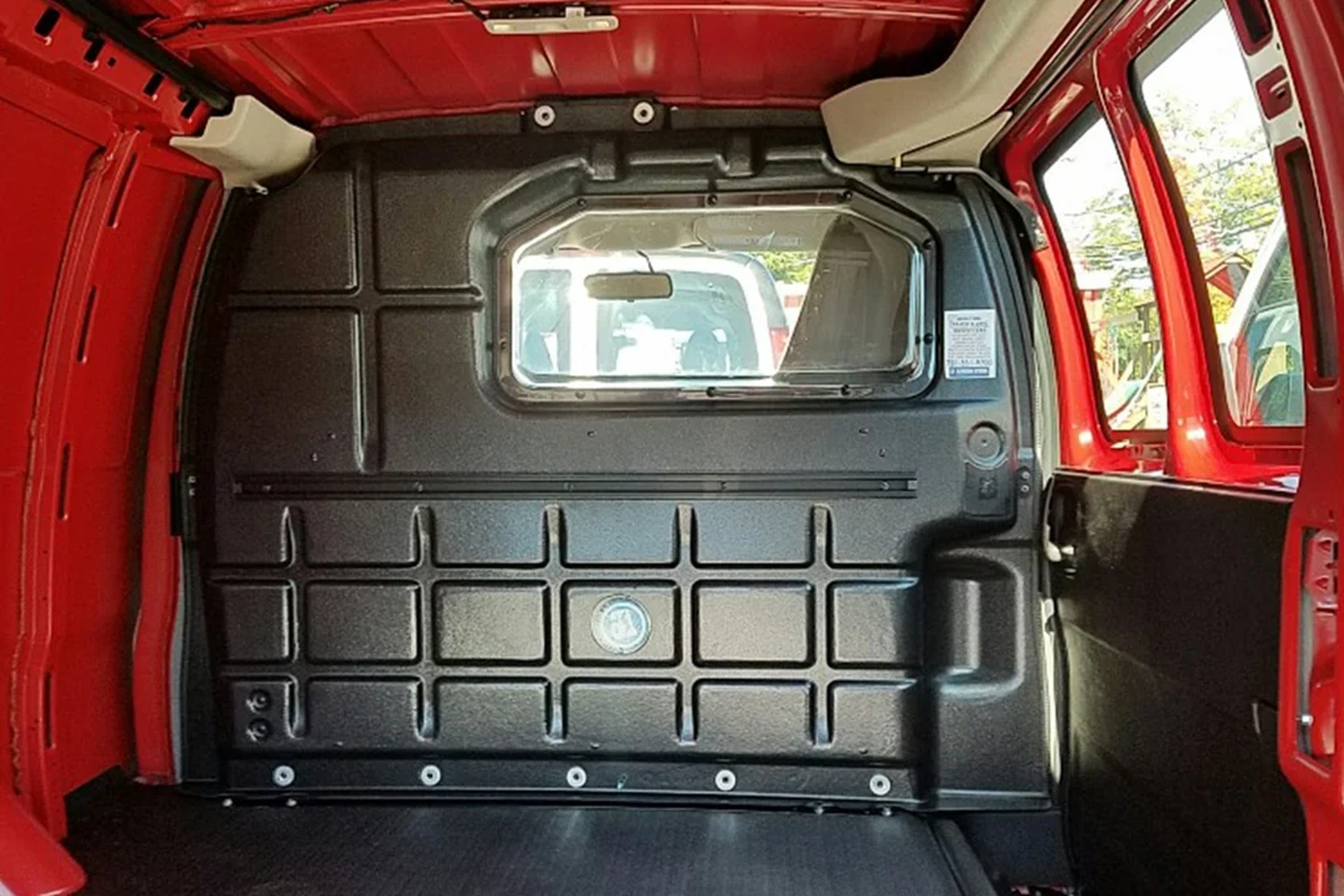A wide variety of materials are suitable for the thermoforming process. The process's inherent flexibility requires a deep knowledge of materials and end-use applications to deliver the quality, timing, performance, and reliability that customers demand.
Part Design for Thermoforming
Part design for thermoforming of a heavy gauge thermoplastic sheet, meaning thicknesses of 0.0600 in./1.5 mm or greater, is a crucial stage in thermoforming. This step involves a series of interconnected components or steps, starting with CAD modeling to bring the envisioned design to life.
Material selection is pivotal in determining the project's success. The chosen material must meet the project specifications, performance requirements, and manufacturability standards.
Collaboration is key in this process, bringing together the expertise of the thermoforming vendor, suppliers, and the customer. By working together, potential issues can be anticipated and addressed, leading to a seamless and cost-effective launch once the part enters commercial production.
Selecting the right material involves carefully considering various factors such as thickness, strength, structure, finish, weight, durability, environment, assembly operations, specialty requirements, and cost. Each of these factors plays a critical role in determining the suitability of the material for the specific project needs.
At PCI, we understand the importance of asking the right questions and obtaining the necessary information to ensure that the chosen material meets all requirements. Our expertise in thermoforming allows us to guide our customers through this process, ensuring that their parts not only meet but exceed their expectations.
Factors in Selecting the Best Thermoforming Material For Your Job
Many factors go into selecting the ideal material for thermoforming parts.
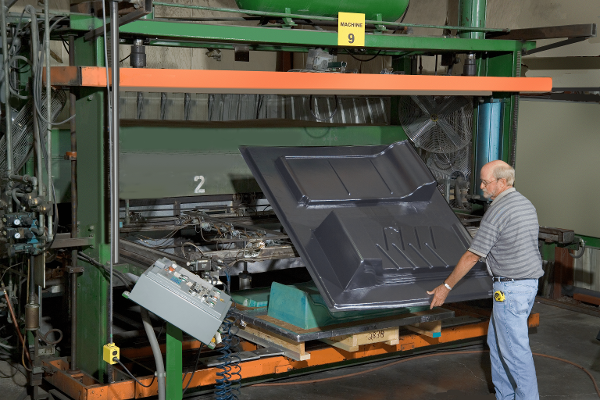
Outlined below are the most common thermoforming materials, their characteristics, and what to consider when choosing a material for your project:
- ABS
- Soft-touch foam-backed vinyl
- Rubber
- Polystyrene
- Polyethylene
- Polypropylene
- Fire-rated PVC
- Low-toxic plastics
- Low-smoke PVC
- High-heat nylon PPO
- Polycarbonate
- Antistatic/sound-deadening materials
- Lightweight acoustical materials
- Laminates
- Carpet
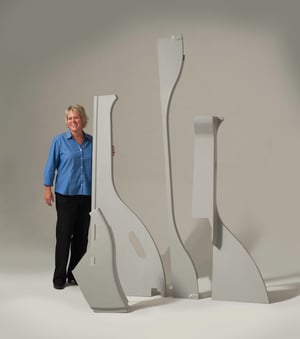 Material like ABS and polycarbonate have broad processing windows and their inherent melt strength makes them relatively easy to thermoform.
Material like ABS and polycarbonate have broad processing windows and their inherent melt strength makes them relatively easy to thermoform.
Other materials like high-density polyethylene and polypropylene have more restricted processing windows and lower melt strength making them more difficult, though not impossible to thermoform.
Key Thermoforming Specifications
When selecting a thermoforming material, it is critical to work with a partner to determine key specifications such as:
- Thickness: Is the thickness of the part consistent or does it vary? Typically, thermoformed parts use material stock with gauges ranging typically from 0.030" to 0.375".
- Strength: Is the finished part rigid or does it need to be flexible? Is it required to be impact resistant?
- Structure: Will the part be required to carry weight? Will it include fasteners? How is it assembled with other components?
- Finish: Will the product require coating? Should a specific color resin be used? Is there a texture to the product? Is it a shiny or matte finish? What are the aesthetic expectations?
- Weight: Is weight a critical factor? How much weight needs to be removed from the existing product?
- Durability: Is the product expected to survive a harsh environment? Will it be exposed to cold, sun, weather, humidity, chemicals, or cleaning agents? Will it be heated up during use? Does it need to resist moisture absorption?
- Environment: Will the thermoformed part be used on the interior or exterior of a vehicle? Does it come into contact with other components? If yes, what are those materials, and are they compatible with the thermoformed material?
- Assembly operations: Will hardware or other components be attached at the thermoformer or at another assembly location?
- Specialty requirements: including fire retardancy rating and certification,anti-graffiti, anti-microbial, recyclable
- Cost: What are the expectations for the final part cost? Is this replacing another material type?
Our customers trust us with their thermoforming needs because we know the answers to these questions.
We understand when to ask these questions and get the right answers so your parts deliver what your customers expect.
Contact us today for your custom thermoforming needs!
